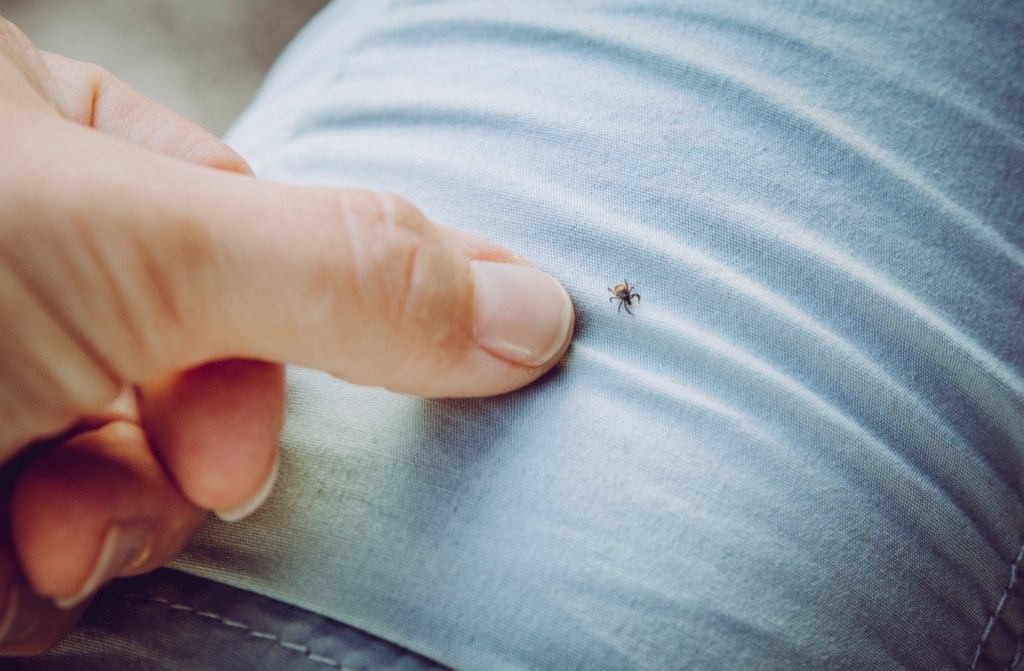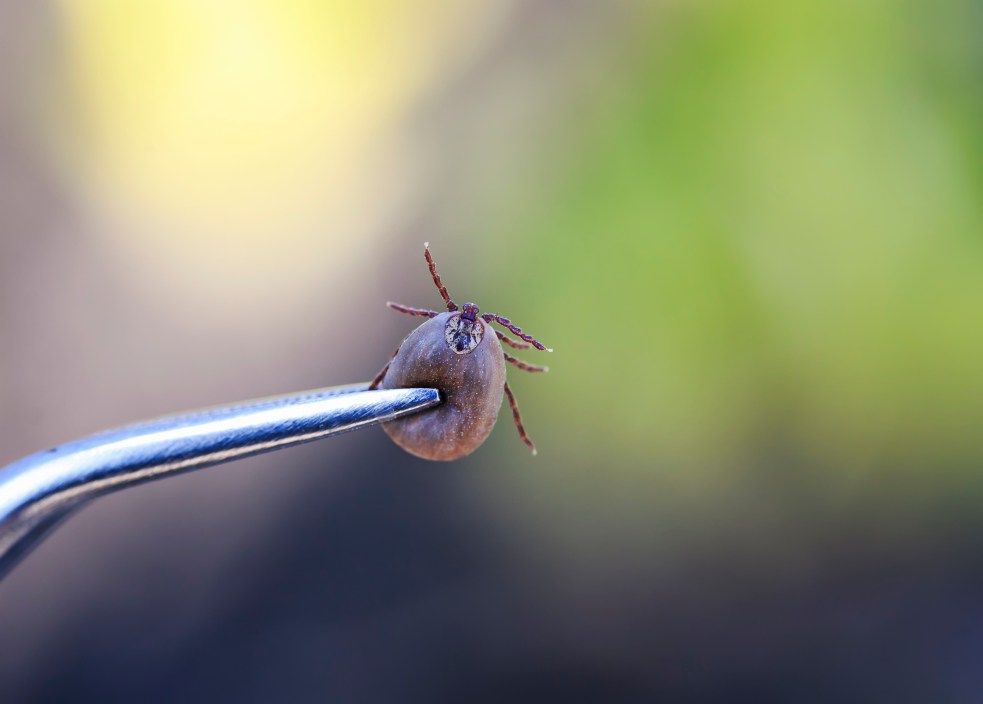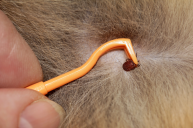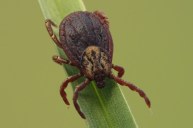Spring is here which means, unfortunately, it's time to whip out that tick repellent and come up with a game plan for avoiding, and yes, killing ticks.
Ticks are the number one cause of parasitic disease spread in the entire country, and more specifically, the number one cause of Lyme disease.
Of course, it's near impossible for anyone who spends time outside to avoid ticks entirely (including your dog)—and they shouldn't stop you from enjoying your favorite activities like hunting, fishing, or camping. However, it's important to know the ins and outs of tick removal as well as how to kill ticks when the time inevitably comes.
Tick Prevention Tips to Keep In Mind
Of course, the best way to avoid adult ticks and tick-borne diseases is to stay out of the areas they're most often found. Most people experience tick bites after walking around tall grasses or areas with wooded areas where ticks live.
That's not always an option if you love the outdoors, or if you spend a lot of time working in it, but there are some things you can do in your own yard to keep them at bay as much as possible. The CDC recommends people clean up leaf litter, mulch, and tall grasses near their homes. "Keeping the lawn mowed short because ticks don't like dry, hot areas. They like warm, moist areas like leaf litter and that usually occurs mostly at the perimeter," explains Dan Wolff, AKA "Tick Man Dan," an expert on ticks and the diseases they carry. He also suggests creating a "moat" around your yard, about three feet wide with mulch, gravel, or dirt to separate wooded areas and your grass line.
There are also insect repellents that will do a good job of keeping ticks at bay. Probably your best defense against ticks is to use permethrin on your clothing. This insecticide is a great option because you can semi-permanently treat your clothing with it and remain protected all season. Permethrin also helps to repel mosquitoes as an added side effect. In addition to treatments for clothing, many pest control companies now sell this insecticide for use in yards as a deterrent.
How to Kill Ticks Once You've Removed Them

Getty Images, Helin Loik-Tomson
The first thing you should do once you've come home from the woods should be to throw your clothing in a hot dryer for 10 minutes to kill any ticks hiding on your clothing, says Wolff, an expert on ticks and the diseases they carry.
Then, it's time to do a tick check. In the event you find one and need to remove any ticks on your body, you'll want to use a pair of tweezers or a tick removal tool. Afterwards, you're usually left with a tick that is still alive. (If it's crawling, that means you got it out whole!)
Here, a few do's and don'ts on how to kill a tick.
- Use rubbing alcohol or bleach. The easiest way to kill ticks is to use rubbing alcohol. Douse it in the stuff or drop it in a container full of it. This method takes a while, but it will prevent any future tick bites. The CDC also recommends simply sealing the tick in a container or wrapping it up in tape so it cannot move. If you do not have alcohol, bleach will do the trick, as will water mixed with dishwashing liquids.
- Try a home remedy. Another old-time home remedy is to mix distilled water and eucalyptus oil. Salt is another old-time remedy that will also kill tick nymphs. This tick killer dehydrates them, so it's not a fast solution either, but it is effective.
- Avoid using heat or crushing. One last thing to keep in mind is that there are wrong ways to kill a tick too. Medical experts say you should never burn them, at least not while it's on your body. "Don't take a lit cigarette and put it near the tick's butt or a hot match, or anything related to heat," Wolff told us in a video interview.
- Don't crush the tick. You also should also never try to crush them with your bare hands. Aside from being hard to do (they're tough little critters), there's a chance you could pick up one of those nasty diseases or pathogens we mentioned from the tick's internal organs. Wolff also told us that because ticks breathe so little, sometimes only once or twice an hour, the traditional method of flushing them down a toilet may not even kill them.
- Save the tick. Wolff recommends saving the tick in a small container for a while in case you do develop symptoms of a tick-borne illness. It could be anywhere from a few days to more than a month after a bite. Then, if you do develop symptoms, you can get the tick tested to find out exactly what it may have passed to you. That allows for quicker diagnosis and a better tick treatment from your doctor.
Read More: How to Safely Remove a Tick from Your Dog




